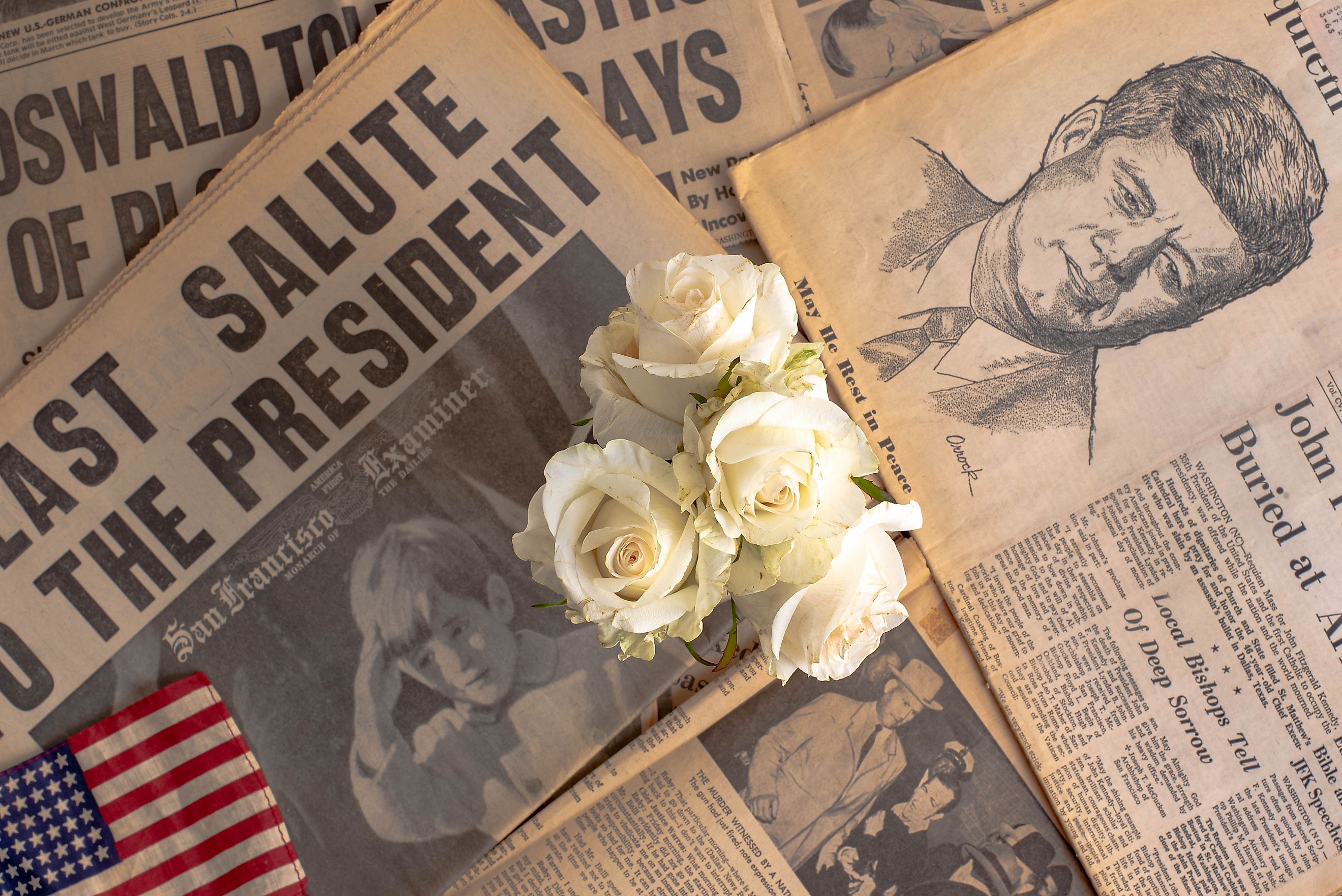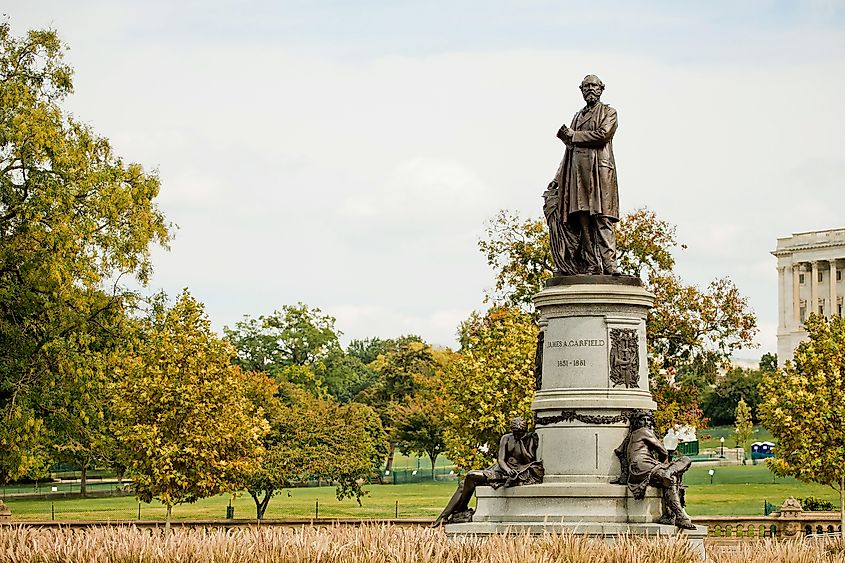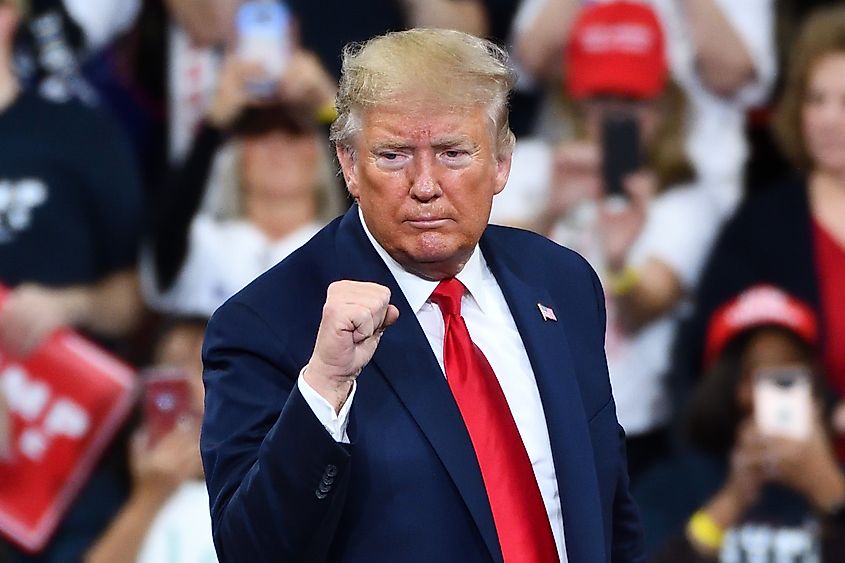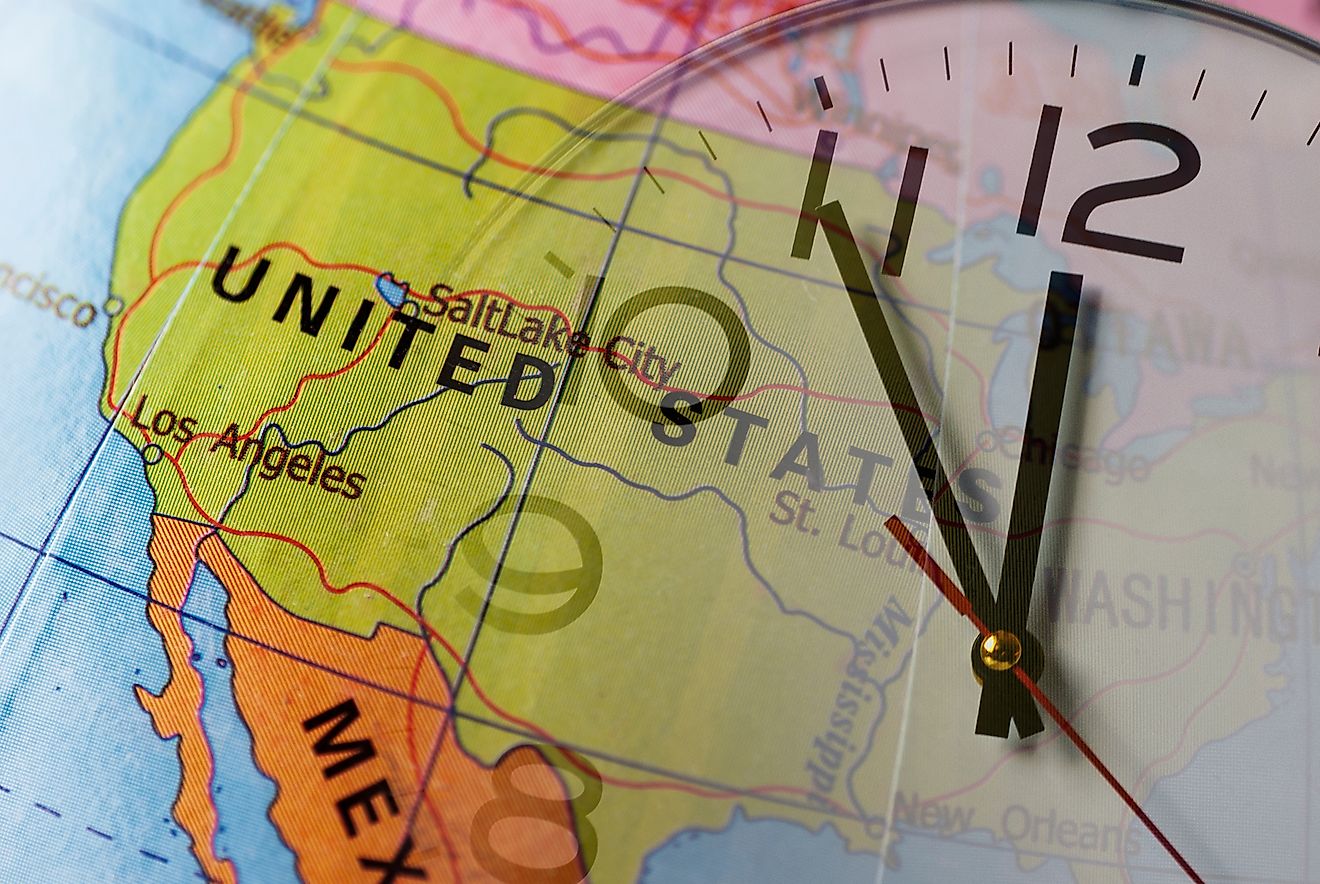
How Many US Presidents Have Been Assassinated?
The history of the United States is filled with moments of triumph, progress, and profound tragedy. Among the darkest moments are the assassinations of sitting presidents, events that have thrown the country into turmoil and altered its course. These tragic episodes provide a deeper insight into the nation's resilience and the complexities of its political landscape.
Understanding these events helps us appreciate both the triumphs and challenges faced by the country's leaders. The impact of such violent acts on the nation's psyche and political direction underscores the perpetual danger inherent in holding the highest office. Studying these moments sheds light on the fragility and strength of the nation's democratic institutions, as well as the enduring spirit of its people in the face of adversity.
Abraham Lincoln

Abraham Lincoln, the 16th President of the United States, was the first sitting president to be assassinated. His presidency was marked by the Civil War, during which he worked hard to preserve the Union and abolish slavery. Lincoln's leadership guided the nation through its most dangerous times, and his vision for a united and free America earned him the respect of many citizens. Tragically, on April 14, 1865, just days after the Confederate surrender, Lincoln was shot by John Wilkes Booth, a well-known actor and Confederate sympathizer, while attending a play at Ford's Theatre in Washington, D.C. He died from his injuries the next morning, leaving the nation in mourning. Lincoln's assassination not only halted his efforts to heal the divided nation but also left a deep scar on America's collective memory, highlighting the potential for violence in politics.

James A. Garfield

View of the James Garfield monument in Washington DC park.
James A. Garfield, the 20th President of the United States, had a short tenure before his life was tragically cut short. He took office in March 1881 and was a strong advocate for civil service reform, aiming to reduce the corruption plaguing the political system. His presidency offered hope for many Americans seeking change. However, just four months into his term, Garfield was shot by Charles J. Guiteau, a disgruntled office seeker, on July 2, 1881, at the Baltimore and Potomac Railroad Station in Washington, D.C. Garfield did not die immediately, he lingered for 11 agonizing weeks as he suffered from infections that ultimately claimed his life on September 19, 1881.
Garfield's death had a profound impact on the nation, raising awareness about the need for civil service reform. This eventually led to the passage of the Pendleton Civil Service Reform Act in 1883, aimed at curbing the corruption Garfield had fought against. His assassination highlighted the vulnerabilities of public officials, prompting changes that shaped the future of American politics and governance.
William McKinley

William McKinley, the 25th President of the United States, is known for his steady leadership and impactful domestic and international policies. He served from 1897 until his death in 1901. McKinley's presidency included the Spanish-American War, which led to the US acquiring territories like Puerto Rico, Guam, and the Philippines, marking the nation's rise as a global power. Domestically, his administration focused on economic growth and supported protective tariffs for American industries. Unfortunately, McKinley's second term was cut short when he was assassinated by anarchist Leon Czolgosz on September 6, 1901, at the Pan-American Exposition in Buffalo, New York.
Initially, McKinley survived the attack and seemed to be recovering, but he died from gangrene caused by his wounds on September 14, 1901. His death deeply saddened the nation and highlighted the need for better protection of public figures, leading to the establishment of permanent security details for future presidents.
John F. Kennedy

John F. Kennedy, the 35th President of the United States, was a charismatic and transformative leader who brought renewed hope and optimism to the nation. Elected in 1960, his administration saw significant achievements in domestic and foreign policy. He established the Peace Corps, advanced civil rights, and set the ambitious goal of landing a man on the moon. His vision for a "New Frontier" resonated deeply with the American public, who admired his youthful energy and eloquence.
Kennedy's presidency was tragically cut short on November 22, 1963, when he was assassinated while riding in a motorcade in Dallas, Texas. The nation mourned deeply, and his untimely death left a lasting mark on American history. Lee Harvey Oswald, the alleged assassin, was arrested but killed before standing trial, leaving many questions about that day unanswered. Kennedy's death shocked the world and intensified public focus on issues like civil rights, space exploration, and the Cold War. His legacy continues to shape the nation for years to come.
Attempts on Other Presidents

Donald J Trump’s Pennsylvania Rally Assassination Attempt
On July 13, 2024, former President Donald Trump survived an assassination attempt at a rally in Butler, a city in the western part of the state about 35 miles north of Pittsburgh. The shooter, identified as Thomas Matthew Crooks, fired multiple shots, injuring Trump and three others. One spectator was killed, and two were critically injured. Trump sustained a wound to his right ear but continued to address his supporters after receiving medical attention. The FBI, in collaboration with the Secret Service and local law enforcement, is investigating the motive behind the attack. Despite the incident, Trump remains committed to his campaign.
Theodore Roosevelt and the Milwaukee Speech
In 1912, while campaigning for a third presidential term, Theodore Roosevelt was shot by John Schrank. Remarkably, Roosevelt continued to deliver his scheduled speech despite the injury. He even showed the bullet hole in his manuscript to the astonished crowd, highlighting his determination and toughness. This incredible act left a lasting impression on his supporters and the public. Roosevelt survived the assassination attempt and finished his campaign, embodying perseverance and leadership. This event has become a legendary moment in American history, showcasing Roosevelt's commitment to his cause and his ability to inspire others even in the face of danger.
Franklin D. Roosevelt's Near Miss in Miami
On February 15, 1933, just before his inauguration, Franklin D. Roosevelt survived an assassination attempt in Miami. Giuseppe Zangara, motivated by anarchist beliefs, fired multiple shots. He missed Roosevelt but tragically killed Chicago Mayor Anton Cermak. This happened just weeks before Roosevelt was to assume the presidency, highlighting the tense political climate of the time. Despite the close call, Roosevelt proceeded to his inauguration and went on to become one of the most influential presidents in American history. Zangara was condemned and swiftly brought to justice. The incident remains a significant part of Roosevelt's early presidential history.
Ronald Reagan's Brush with Death
On March 30, 1981, President Ronald Reagan was shot by John Hinckley Jr. outside a Washington, D.C. hotel. Hinckley, obsessed with actress Jodie Foster, believed the assassination would impress her. Reagan survived the attack after emergency surgery, and his recovery significantly boosted his popularity. This incident highlighted the security risks for public figures and led to increased protective measures for the President. Hinckley was found not guilty because of insanity and was confined to a mental health facility for many years. Reagan's resilience during this crisis endeared him to the American public, strengthening his image as a strong and determined leader.
A Reflection on Presidential Peril
The assassinations and attempts on the lives of US presidents remind us of the vulnerabilities in leadership and the significant impact of such events on the nation. These tragic moments highlight the risks public figures face and the potential for violence to disrupt political stability. However, they also show the resilience and determination of the American people to uphold democratic principles despite adversity. By reflecting on these dark times, we better understand the complexities of governance and the strength of the nation’s democratic institutions. The legacies of these leaders, shaped by their achievements and tragic ends, continue to influence American history, reminding us of the delicate balance between progress and the challenges to democracy.







